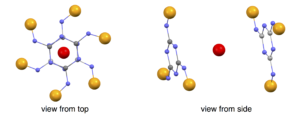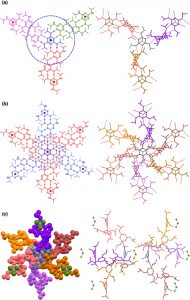Sequestration of small molecules is the pet project of LiSBiC. Sequestration is the first step in activation. The major bottleneck in small molecule activation is to bring the gaseous molecular substrate closer to the active site or active catalyst. We chalked down a simple hypothesis that reads as “Strong Enough to Capture and Weak Enough to Loose (SECWEL)”. According to our SECWEL hypothesis if the capturing host system makes a strong bond or interaction with the guest molecules then removal must be an energy-consuming process; so the interaction between the host and the gaseous guest molecule must be very minimal such that the interaction is barely strong enough to capture and weak enough to lose the guest molecule with a small energy input such as slight elevation in temperature and or depression in pressure. We are inspired by the weak interactions that govern the processes in biology, especially, lone pair-pi interaction. Fortunately, all the small molecules that are detrimental to our environment possess at least one electronegative atom that holds a small amount of localised electron density, for example, halide(s) in chlorofluorocarbons, oxygens in sulfur dioxide and carbon dioxide and so on; these small electron densities can be made to interact with electron-deficient valleys in a perfectly designed host system; by doing so one can imagine a host-guest system such as the one in the schematic diagram below (the red ball is the guest molecule). We are steadily moving towards our dream system in this exciting project (latest results).


Chem. Commun., 2022, 58, 11815–11818
Funding Agency: Ministry of Earth Sciences, Government of India.
